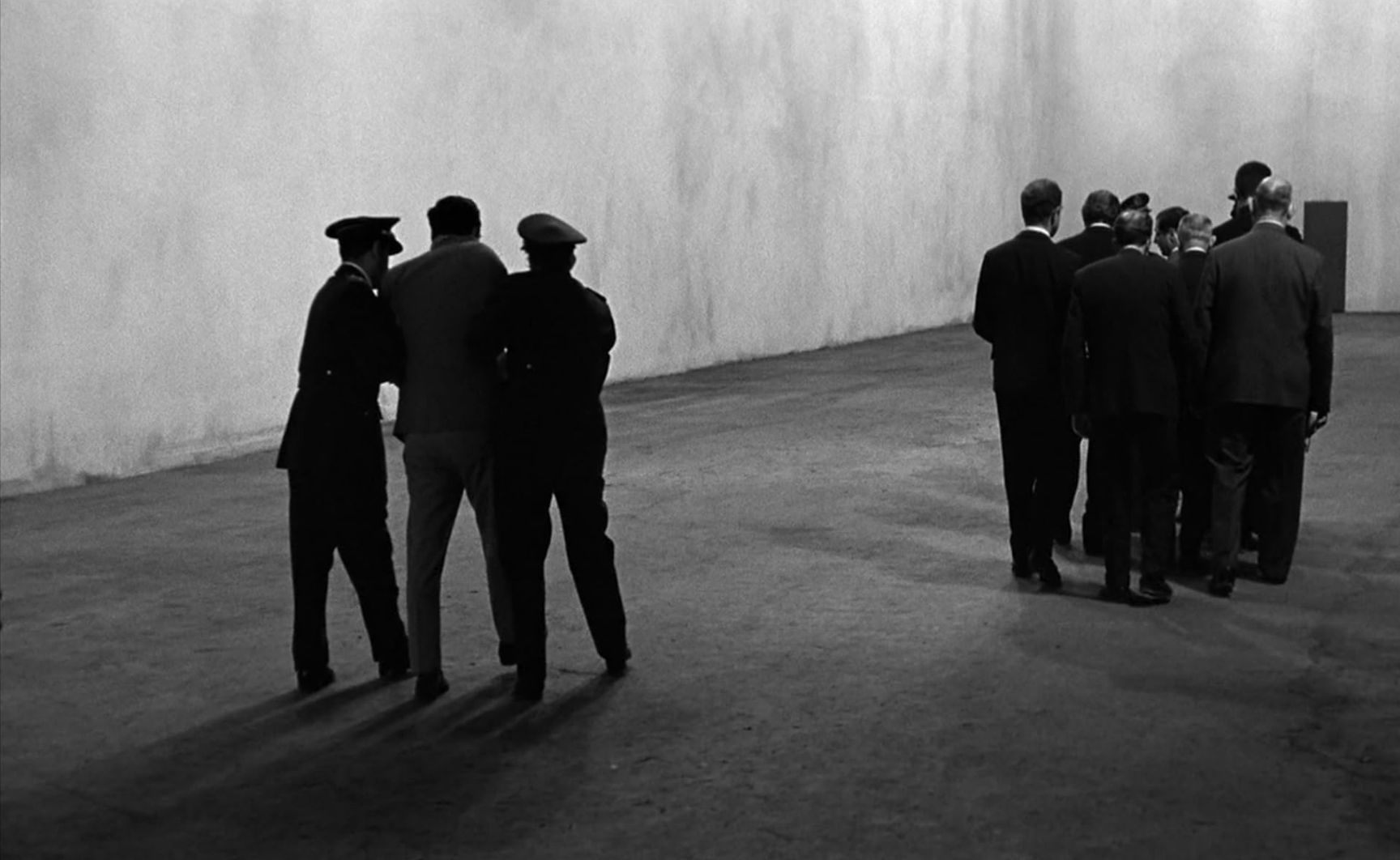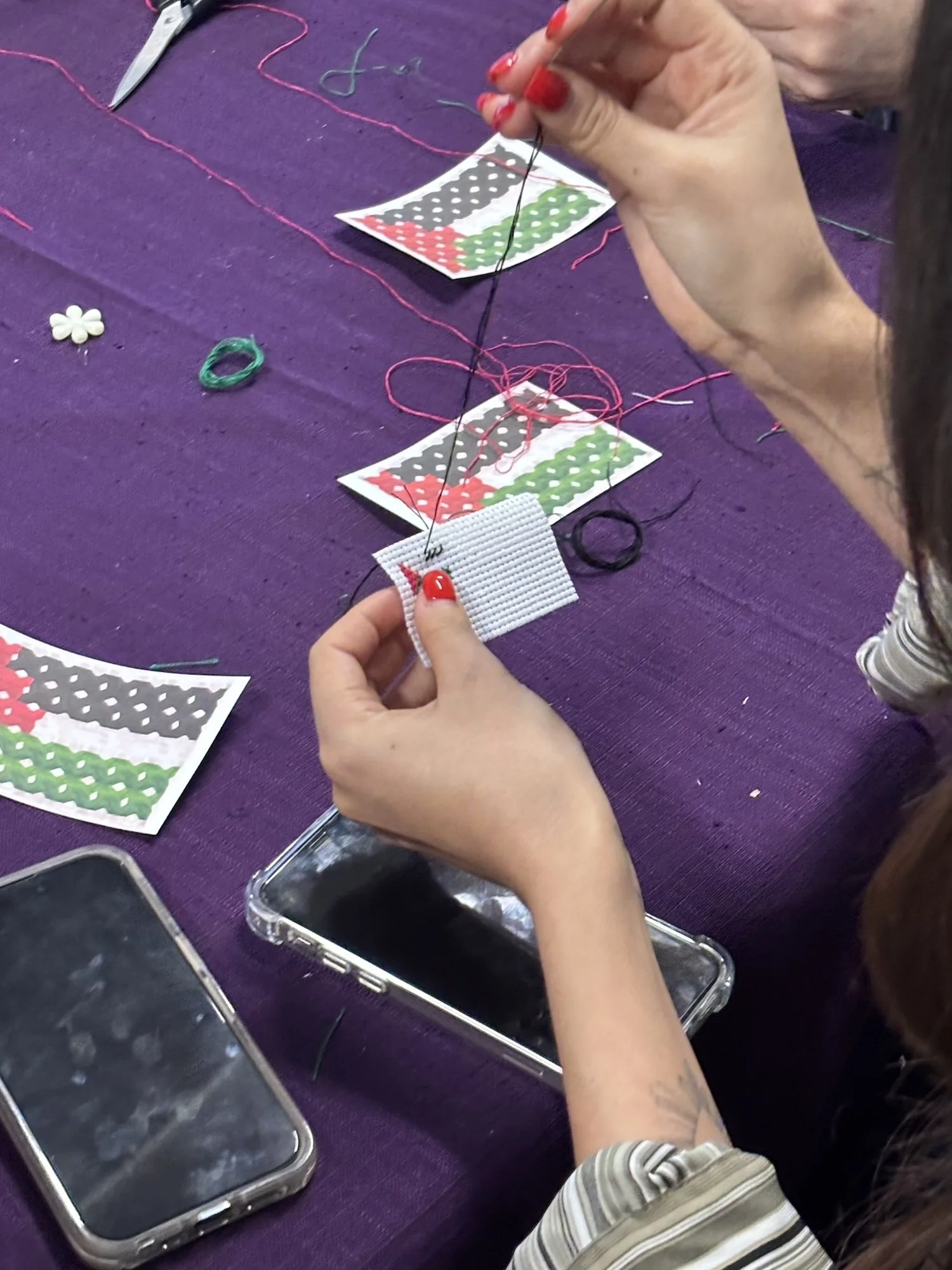Perfect Match: Falling for Vancouver's First Romance Themed Bookstore
/I paced outside, my feet keeping in time with the fast paced rhythm of my heavily beating heart. I was sweating. From nerves or from the intensity of the sun’s kiss, I couldn’t tell. I knew that everything I was looking for patiently waited on the other side of the door. Blind dates were always nerve-racking, but this one felt different. I could feel it in my toes, in the soft blush creeping across my newly flushed cheeks.
Inside, the air shifted. The light was soft and welcoming, the walls a dusty rose. I let out a long breathe and stepped over the threshold. On the north wall I spotted what I had been searching for. I picked up Bury Our Bones in the Midnight Soil by V.E. Schwab. This was my blind date, suggested by a good friend, long-awaited and finally in my hands. The weight of the pages felt good, solid in my hands, a perfect fit. A perfect match.
Read More














